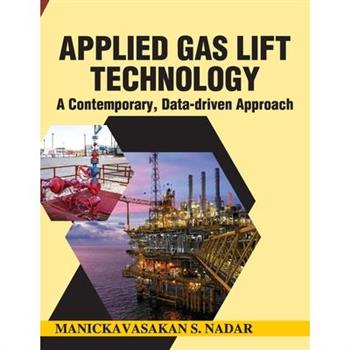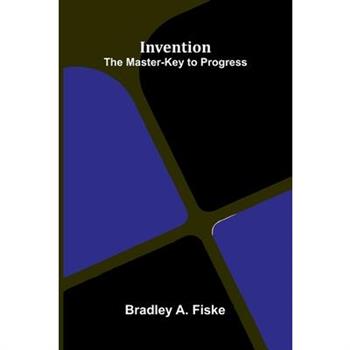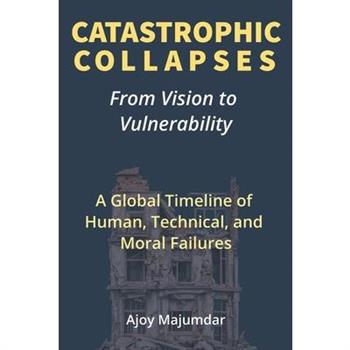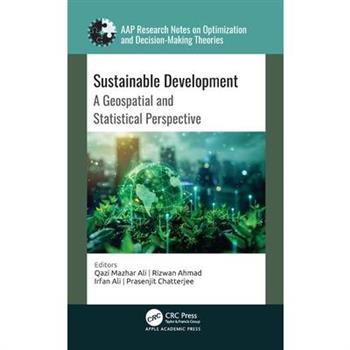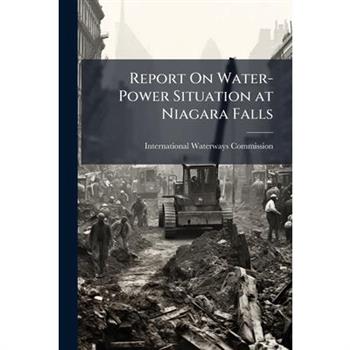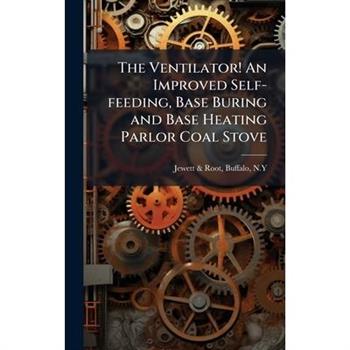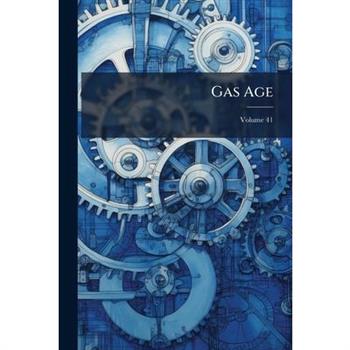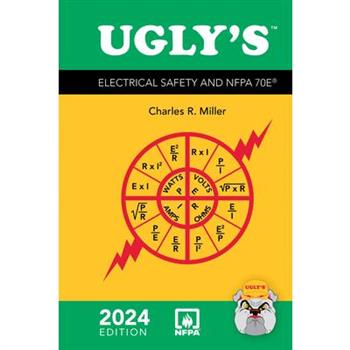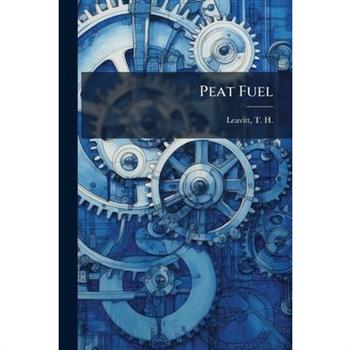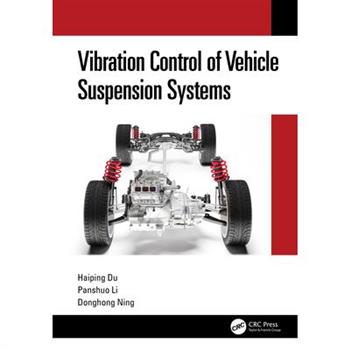Mastering Applied Engineering Mechanics with ChatGPT
Autodesk Revit 2026 Architecture
No detailed description available for "Autodesk Revit 2026 Architecture".
Emerging Technologies in Africa
Africa is a booming continent with incredible growth potential and is the second-largest continent in the world. The continent is home to immense potential and abundant resources. It is also the home to some of the youngest populations in the world. The continent is not just catching up with the world; it is propelling itself to the forefront of innovation. Africa is closely watched as the next big growth market. Technologies impact every aspect of our modern society. African economies have been held back from their full potential, but the emerging technologies could help change that. The technologies have been gaining a lot of attention from businesses, investors, educators, and governments across Africa. They are having an influence on African lives, well-being, and resilience. They have come to be perceived as a groundbreaking method that can bypass the several systemic flaws affecting the continent. This book explores the use of emerging technologies in Africa. These technologies include artificial intelligence, robotics, 3D printing, cloud computing, nanotechnology, Internet of things, blockchain, and drones. The book is organized into ten chapters that summarize these technologies and their adoption in African nations. It is a must read for those interested in the socio-economic development of Africa.
Coagulation and Flocculation
How to ensure clean potable water? Hydrochemistry, colloidal chemistry, physics, plus engineering aspects are combined in this book for practical drinking water treatment. Focusing on coagulation-flocculation as a key step in this process, it provides principles, optimisation, and efficiency evaluation, broader theoretical background and practical aspects.
Sustainable Development Research in Green Infrastructure, Water Resources, Manufacturing, and Process Engineering
This book showcases the latest research and developments in science, engineering, and emerging green technologies that impact sustainable development in manufacturing and industrial processing engineering, particularly in developing countries. It covers a wide range of topics including machinery fault diagnosis, biomechanics, food processing and preservation, engineering properties, fermentation, pretreatment technologies, biopesticides, extraction, treatment of water hyacinth, flood vulnerability, surface water quality assessment, and emerging technologies related to manufacturing, process, sustainable infrastructure, and water resource engineering. It is aimed at researchers, engineers, industry professionals, graduate students, and practitioners looking for cutting-edge research on sustainability and sustainable industrial development.
Deep Learning in Textual Low-Data Regimes for Cybersecurity
In today's fast-paced cybersecurity landscape, professionals are increasingly challenged by the vast volumes of cyber threat data, making it difficult to identify and mitigate threats effectively. Traditional clustering methods help in broadly categorizing threats but fall short when it comes to the fine-grained analysis necessary for precise threat management. Supervised machine learning offers a potential solution, but the rapidly changing nature of cyber threats renders static models ineffective and the creation of new models too labor-intensive. This book addresses these challenges by introducing innovative low-data regime methods that enhance the machine learning process with minimal labeled data. The proposed approach spans four key stages: Data Acquisition: Leveraging active learning with advanced models like GPT-4 to optimize data labeling.Preprocessing: Utilizing GPT-2 and GPT-3 for data augmentation to enrich and diversify datasets.Model Selection: Developing a specialized cybersecurity language model and using multi-level transfer learning.Prediction: Introducing a novel adversarial example generation method, grounded in explainable AI, to improve model accuracy and resilience.
Biowaste to Biofuel
SThis book encompasses a wide range of topics related to biowaste to biofuels, covering agro wastes, food waste, wastewater, CO2 and so forth. Each chapter provides an in-depth examination of a specific biowaste to biofuel conversion technology discussing the underlying science, production processes, challenges, and potential applications. It presents practical insights into microbial biofuel production, including detailed explanations of fermentation processes, microbial pathways, conversion techniques, and technological advancements backed by case studies.Includes theory and delves into practical applications of microbial biofuels Reviews sustainability and environmental benefits with a focus on renewable energy Explores how these fuels can help reduce greenhouse gas emissions and combat climate change Discusses bioalcohol, biodiesel, biohydrogen, biomethane and so forth Provides real-world examples and case studies showcasing biofuel potential for a greener future.This book is aimed at graduate students and researchers in bioenergy, fermentation, and chemical engineering.
Urban Engineering
Urban engineers provide a physical definition of the urban habitat by planning, designing, building and constructing, operating, and maintaining infrastructure, applying the tools of engineering, science, and good management to address the complex problems associated with infrastructure, services, buildings, environment, and land-use generally encountered in cities.Urban Engineering serves as a textbook to support a range of undergraduate courses in civil and environmental engineering, urban planning, and related areas. It is broad and inclusive, and takes a modular approach, where each theme is discussed comprehensively from the macro to the micro level. Highlights include urban design, housing, wastewater systems, transportation systems, smart cities, and urban agriculture.The textbook has a particular emphasis on engineering solutions in sustainability.
Fluid Motion Unmasked
This book provides an engaging and descriptive introduction to the expansive world of fluid flows in nature and engineering, exploring their critical role in our lives. The diverse mechanisms behind observable phenomena and the properties of fluid flows are illuminated and linked to engineering applications, providing a solid foundation for a deeper appreciation of fluid dynamics. While the science underpinning these phenomena is inherently mathematical, this book intentionally avoids all but the most easily understood general principles. Instead, it provides a descriptive coverage of the subject without trivialising or infantilising it. The text is richly illustrated with photos, diagrams and sketches, paired with thoughtful explanations of the key features within each figure. Supporting the discussion of these fundamental and overarching mechanisms, numerous real-world examples are showcased, including environmental flows, weather phenomena, physiological flows and engineering applications.Individual sections cover flows related to aircraft, cars, jet engines, wind turbines, propellers, cyclones, water-distribution networks, water waves, sailing boats, heat exchangers, nuclear reactors, artificial heart valves, urban fluid dynamics and even competitive sports like cycling and skiing. This book is a perfect first exposure to fluid flows and fluid mechanics for not only prospective and beginner science and engineering students but also scientifically curious non-specialists.
Fluid Motion Unmasked
This book provides an engaging and descriptive introduction to the expansive world of fluid flows in nature and engineering, exploring their critical role in our lives. The diverse mechanisms behind observable phenomena and the properties of fluid flows are illuminated and linked to engineering applications, providing a solid foundation for a deeper appreciation of fluid dynamics. While the science underpinning these phenomena is inherently mathematical, this book intentionally avoids all but the most easily understood general principles. Instead, it provides a descriptive coverage of the subject without trivialising or infantilising it. The text is richly illustrated with photos, diagrams and sketches, paired with thoughtful explanations of the key features within each figure. Supporting the discussion of these fundamental and overarching mechanisms, numerous real-world examples are showcased, including environmental flows, weather phenomena, physiological flows and engineering applications.Individual sections cover flows related to aircraft, cars, jet engines, wind turbines, propellers, cyclones, water-distribution networks, water waves, sailing boats, heat exchangers, nuclear reactors, artificial heart valves, urban fluid dynamics and even competitive sports like cycling and skiing. This book is a perfect first exposure to fluid flows and fluid mechanics for not only prospective and beginner science and engineering students but also scientifically curious non-specialists.
Catastrophic Collapses
When structures fall, it is never just the steel and concrete that give way.Catastrophic Collapses: From Vision to Vulnerability is a gripping account of fifty disasters that scarred the modern world. From bridges that plunged into rivers and dams that burst, to towers that crumbled and industrial plants that failed, each story reveals how ambition, oversight, and flawed judgment unraveled the very systems meant to endure.This book traces not only the technical aspects of collapse but also the human and moral dimensions. Some failures arose from design flaws and ignored warnings, while others stemmed from misplaced confidence, ethical lapses, or responsibilities accepted too late.Covering events from the early twentieth century to the present day, this timeline of disasters highlights the lessons engineers, architects, students, and policymakers must carry forward. By understanding why things failed, we are reminded of what it takes to build responsibly in a world where the margin for error is slim.For readers fascinated by engineering, history, and the human side of failure, Catastrophic Collapses offers both a cautionary record and a compelling narrative. Because every collapse leaves a blueprint behind.This book is for engineers, architects, constructors, policymakers, and for all those curious about how great structures fall and what we must learn before history repeats itself. It also contains a glossary at the end to support readers who may not have an engineering or construction background but still wish to fully engage with the topics explored in the book. This volume serves as both a cautionary reference and an academic resource, making it suitable for libraries, universities, and professional collections in engineering, architecture, and social studies.
Urban Engineering
Urban engineers provide a physical definition of the urban habitat by planning, designing, building and constructing, operating, and maintaining infrastructure, applying the tools of engineering, science, and good management to address the complex problems associated with infrastructure, services, buildings, environment, and land-use generally encountered in cities.Urban Engineering serves as a textbook to support a range of undergraduate courses in civil and environmental engineering, urban planning, and related areas. It is broad and inclusive, and takes a modular approach, where each theme is discussed comprehensively from the macro to the micro level. Highlights include urban design, housing, wastewater systems, transportation systems, smart cities, and urban agriculture.The textbook has a particular emphasis on engineering solutions in sustainability.
Paradigm of Optical Imaging
This book deals with various aspects of optical imaging such as technologies and design, evaluation and calibration, and their scientific applications and results. It discusses the fundamental aspects of optical imaging, Fourier optics, and imaging physics with emphasis on image retrieval techniques and anatomy and diagnostics of optical imaging systems. In addition to ray optics, the book describes the technical details of several important instruments, such as spectroscopes, microscopes, telescopes, interferometers, and medical diagnosis-related instruments. Added further are the factors that affect the quality of the images, speckles and holography, and passive and active methods that permit a telescope to achieve diffraction-limited imaging from the ground. The book will be a valuable resource for astronomers and students involved in the design of modern instrumentation or those attempting to make use of data with instrumentation designed by others.
Earthquake Resistant Engineering Structures XIV
The contributions comprising this volume highlight the continuous need of carrying out further research on major earthquakes and associated effects such as tsunamis. The problems arising from such catastrophic events intensify as population pressure results in buildings in regions of high seismic vulnerability. A better understanding of these phenomena and their consequences is required for designing earthquake resistant structures as well as carrying out risk assessments and vulnerability studies.The challenge of protecting the built environment in earthquake-prone regions involves not only the optimal design and construction of new facilities but also the upgrading and rehabilitation of existing structures including heritage buildings. The latter include the types of highly specialized retrofitting employed to protect the built heritage.The papers comprising this volume were presented at the 14th International Conference on Earthquake Resistant Engineering Structures and cover fundamental and applied research addressing a range of issues among those mentioned above.
Report On Water-Power Situation at Niagara Falls
Polyamide Thin Film Composite Membranes for Water Applications
Ugly&' S Electrical Safety and Nfpa 70e, 2024 Edition
Ugly's Electrical Safety and NFPA 70E is the industry's leading reference for electrical safety. Aligned with the updated 2024 edition of NFPA 70E, this bestselling reference summarizes current National Electrical Code(R) and OSHA regulations, and features scores of full-color photos and illustrations for immediate access to needed information. The 2024 edition of Ugly's Electrical Safety and NFPA 70E includes: Updated information on Protectors and Lasers. Revised Who is Responsible for Electrical Safety? section that emphasizes employer and employee safety responsibilities. New information on NFPA 70E's Informative Annex O: Employee Safety-Related Design Concepts and Facility Responsibilities and Informative Annex S: Assessing the Condition of Maintenance. Updated tables to align with the NFPA 70E, including Approach Boundaries for Electric Shock Protection, Arc-Flash PPE Categories for Direct Current (DC) Systems, and more Updated First Aid Section, including a new acronym for stroke assessment. Designed for electricians, engineers, maintenance workers, inspectors, instructors, and apprentices, this invaluable pocket-sized resource provides fast access to the most referenced sections of NFPA 70E and related safety standards.








